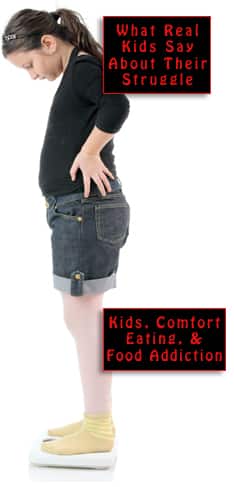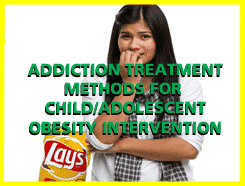Oprah Through the Years, Part 6

Oprah Winfrey’s drug of choice is reportedly the humble potato chip, or rather, plenty of potato chips — an obsession that is all too easily, understandably, and regretfully shared. At one point, she confessed to having been “controlled by potatoes for 40 years.”
Now, we have just finished up a year during which the star appeared in headlines because of admitting that she used a popular weight-loss drug. Many of her fans felt somehow betrayed, while others experienced relief, as if their mentor had personally given them permission to do the same. Oprah had previously spoken to the press about a realization she came to when moderating a panel about weight.
Calling it an “aha moment,” she said,
I realized I’d been blaming myself all these years for being overweight, and I have a predisposition that no amount of willpower is going to control. Obesity is a disease. It’s not about willpower — it’s about the brain.
For NPR, Vanessa Romo reported that Ms. Winfrey intended to elevate the conversation, advocate for health equity, and work to reduce stigma. In particular, her intention was to be finished with shame, whether flung by others or self-inflicted. She was done with five oppressive decades of “feeling like, ‘Why can’t I just conquer this thing?’, believing willpower was my failing.”
All these years, I thought all of the people who never had to diet were just using their willpower, and they were for some reason stronger than me. And now I realize: y’all weren’t even thinking about the food! It’s not that you had the willpower; you weren’t obsessing about it!… I’m not constantly thinking about what the next meal is going to be.
Oprah was referring to the well-known effect achieved by the GLP-1 drugs, of silencing the “food noise” that constantly besieges the brain of a person who tries to cut calories. Of course, it should have been bountifully obvious already that no one who didn’t have a ton of willpower could have chalked up so many First, Best, Most and Only citations.
You heard it here
This blog has mentioned the 2003 TV broadcast during which Oprah gave a Porsche to a man who had lost more than 300 pounds. In a later interview, she explained why that was, for her, such a power moment — because “I know what it takes to lose that much weight… What he did was incredible.”
Years later, her life coach Bob Greene talked to a journalist about Oprah’s accomplishment in being on the cover of Shape magazine, despite her naturally slow metabolism. “She can look at food and put on weight… I know how hard she needs to work. It’s harder than (it is for) 99 percent of the people.”
Regarding the ability to feel this much empathy and share the same quality of awareness, it might lead to a question like, “Who learned what from whom?” To have an alert and untiring pupil is a boon for the specialist in any field. The student’s questions are the opportunity to spell out things that perhaps the expert takes for granted, but which are nowhere near obvious to the novice. It presents an opportunity for the expert to refine the thought and discover exactly how a precept can best be articulated. The teacher also learns.
For a large part of their time together, Greene spent 10 months of each year with Oprah, considering himself to be “on call” pretty much always. To be available for psychological support can be very useful to the counselor as well as the subject. With every out-of-hours request for a listening ear, the helper gets to hear what is going on, from the patient’s perspective, in real time, before there is a chance to edit, embroider, or re-consider. Really, what more could an ever-curious professional ask?
Your responses and feedback are welcome!
Source: “After nearly a decade, Oprah Winfrey is set to depart the board of WeightWatchers,” NPR, 3/1/24
Source: “Oprah Winfrey reveals she starved herself ‘for nearly five months’ in ABC weight loss special,” USA TODAY, 3/18/24
Source: “Oprah Winfrey says she has released the shame of being ‘ridiculed’ for her weight for 25 years,” ABC News, 3/19/24
Source: “It’s Not Who You Know… It’s Who You Train,” Chicago Tribune, 8/19/21
Image by Edgar Zuniga Jr./Attribution-NoDerivs 2.0 Generic










 FAQs and Media Requests:
FAQs and Media Requests: 











